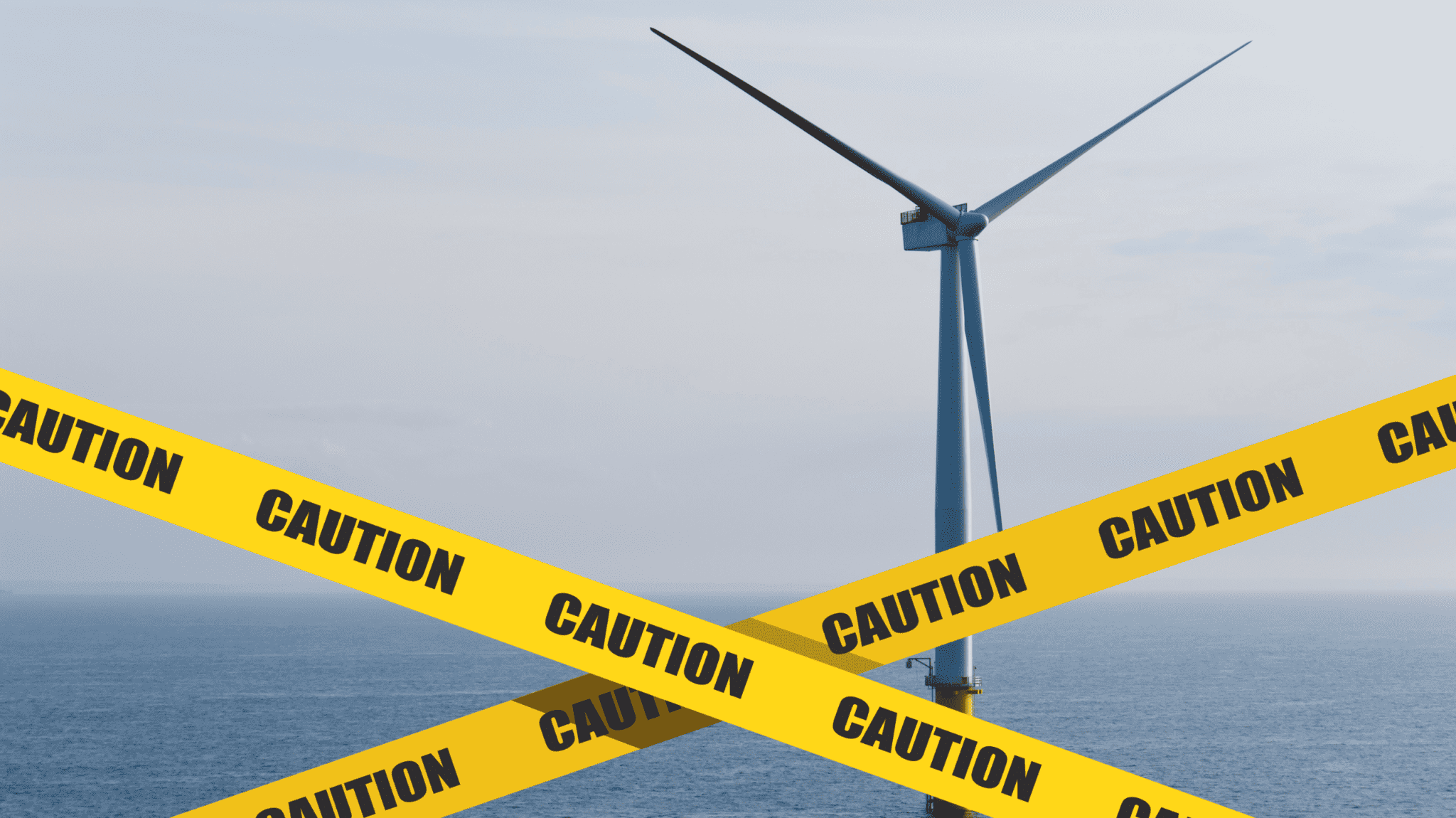
Introducing a new series where we delve into ten thought-provoking questions across various topics crucial to understanding the offshore wind industry. Guided by the expertise of our offshore wind specialist, Mike Young, in this first instalment, we focus on Restrictions and their significance within the Sennen offshore system.
A restriction is a specific piece of information relating to an asset, task or procedure. It could be a limitation on certain activities or important information to be communicated. An example of this could be where damage has been found in an electrical panel. The damage couldn’t be repaired at the time but it’s not unsafe. However, the next team to visit the turbine needs to be made aware.
Restrictions are put in place to protect the people working in or around the wind farm. Some restrictions are of high importance to everyone working offshore whereas some will only matter to people working on a specific task or location. The key to managing restrictions is not only to ensure the information is up to date and factually correct but that the information is shared with the right people.
Restrictions typically relate to the Safe System of Work (SSoW) in operation at the wind farm. Sennen’s restrictions module also manages information related to the inter-array cabling, offshore & onshore substations and the surrounding sea/seabed.
Restrictions come from several different sources. The simplest is verbal communication between the offshore team and the control room. With Sennen, all new restrictions are recorded and made available to all relevant parties. Our task management module also feeds into this. If a task (such as a statutory inspection) becomes overdue, the system will automatically create a new restriction. It can then be removed once the task has been carried out.
No. It will depend on the nature of the task and whether the operator decides the task should be restrictive, either when it’s overdue or at any point in the task’s lifecycle.
Anyone working on or around the wind farm should know about restrictions relating to their task. Planners should have access to restrictions so that they can make the appropriate arrangements to remedy or avoid any issues. Offshore teams should be aware of all restrictions relating to access to the turbines and the tasks they have been assigned. Vessels need to be aware of all access restrictions or “zones” within the wind farm that have limitations.
With so much information, it is crucial for users to see what is relevant and important to their current task. Too many irrelevant restrictions can take away the importance of the relevant ones. Within our restrictions module, the smart filtering function can be used to find the relevant information. Within the shift planning module, we use the shift plan to filter relevant information. For example, a planner preparing for an annual service on turbine A10 will only see the restriction relating to that turbine together with any transit restrictions that might exist in the surrounding sea/seabed.
The offshore teams should be made aware of any restrictions during the planning phase, either by being discussed at a toolbox talk or via a documents work pack. They can then take action to remedy or avoid the restriction when organising their documents, tools and equipment. Verbal communication between the offshore team and the control room will also happen throughout the day where restrictions can be relayed. Offshore teams should always be informed of any access restrictions beforehand, avoiding surprises once they are offshore.
Once a restriction is ready to be removed it will go through an approval loop within the restrictions module. Similar to adding a restriction, it will need to be approved by an authorised person before any changes are made. A restriction relating to a specific overdue task can be removed automatically once that task has been completed. In this way we can ensure all restrictions are relevant, timely and can be trusted.
Transfer of Control is where the control of an asset is transferred from the control room to the offshore team. Only authorised persons on both sides can carry out this activity. This transfer is carried out within the SSoW covering the specific asset. Transfer of Control is managed within Sennen’s offshore system and therefore any relevant restrictions can be communicated at the exact time a team requests control. As all of the information sits within the same system, this process is very accurate and efficient. The same applies when control is handed back and any new restrictions that have been identified can be communicated and recorded in the system.